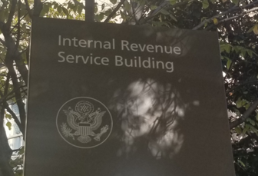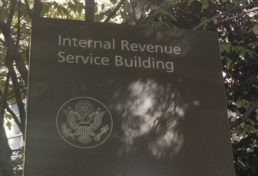Often people will have one-time “Income Events” that greatly increase the income tax due in that year. Finding ways to mitigate that additional tax, especially for younger people, can be challenging. In some cases, setting up a Charitable Lead Trust (CLT) in order to receive an upfront income tax deduction might be viable option. A person who has significant and unusual taxable income in a particular year can establish the grantor lead trust and use the charitable income tax deduction to mitigate the impact of taxes in his or her situation. An example might be someone who has received the proceeds from selling a business, or a stock option at work is coming due. A far more common and likely example is someone who has inherited an IRA. These situations will trigger an unusually large amount of tax because the profits or earnings will be taxed as ordinary income at the highest possible marginal tax bracket.
It should be noted that the extent to which the donor can use the income tax deduction will be limited to a portion of his or her total income for the year. In addition, the donor can claim unused portions of the deduction in up to 5 additional carry-forward years.
Impact of Tax Reform
Since the passage of the Trump Tax Cuts and Jobs Act, there is a greater incentive for donors to create grantor CLTs. These trusts allow donors to consolidate deductions for future donations into a larger deduction for a single year. Against the backdrop of the increased standard deduction and the elimination of many other deductions, grantor CLTs provide significant benefit to taxpayers who itemize. In some instances, creating a grantor CLT may enable a donor to itemize who otherwise would be better off taking the standard deduction. For lack of a full legal explanation, the asset is “loaned” to a charity so that the charity can earn income for a certain period of time, and then given back to the donor, which ends the charity’s connection, as if it all never happened. There are more details of course, but in oversimplified terms, would you rather pay taxes now to the IRS, or loan money to a charity for X number of years to a cause you care about and then get the money back? Normally younger people don’t benefit from Charitable Remainder arrangements, but the person’s age is not the calculation that matters, so these CLT arrangements are equally beneficial, young or old.



